
The Fear Reflex
Five Ways to Overcome It and Trust Your Imperfect Self
Recommendation
Harvard Medical School psychiatry instructor Dr. Joseph Shrand provides a therapeutic fear-management program to help you overcome basic fears and he includes case histories to show how his method works. His “iMaximum resiliency-based approach” (I-M) centers on knowing that you are functioning at your “current best maximum” and using that knowledge to build self-confidence and diminish fear. Shrand carefully traces the links between low self-worth and succumbing to irrational – and even rational – fears. With I-M, he teaches you to understand that you are “doing the best” you can and to use that awareness to increase your sense of self-worth, refrain from turning anger inward and reduce your fears. Shrand’s nonjudgmental program requires treating everyone – including yourself – with understanding and respect. Many may find this challenging, especially if they must extend such treatment to someone they view with apprehension. getAbstract recommends this logical, precise manual about taming fear.
Summary
About the Authors
Harvard Medical School psychiatry instructor Joseph Shrand, MD, is board certified in adult psychiatry, addiction medicine, and child and adolescent psychiatry. Leigh Devine, MS, is a journalist, writer and producer.









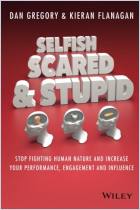
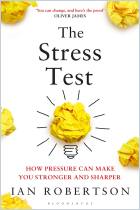
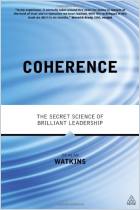
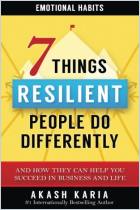
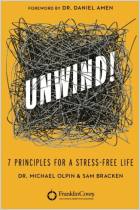



Comment on this summary